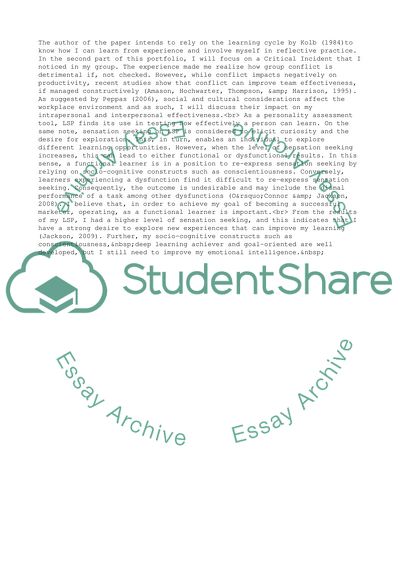Cite this document
(Using the Hybrid Model of Learning in Personality Case Study, n.d.)
Using the Hybrid Model of Learning in Personality Case Study. Retrieved from https://studentshare.org/management/1676840-interpersonal-and-intrapersonal-skills
Using the Hybrid Model of Learning in Personality Case Study. Retrieved from https://studentshare.org/management/1676840-interpersonal-and-intrapersonal-skills
(Using the Hybrid Model of Learning in Personality Case Study)
Using the Hybrid Model of Learning in Personality Case Study. https://studentshare.org/management/1676840-interpersonal-and-intrapersonal-skills.
Using the Hybrid Model of Learning in Personality Case Study. https://studentshare.org/management/1676840-interpersonal-and-intrapersonal-skills.
“Using the Hybrid Model of Learning in Personality Case Study”, n.d. https://studentshare.org/management/1676840-interpersonal-and-intrapersonal-skills.


